Valley of Shadow Devlog #1
/Welcome to the Valley of Shadow devlog! This will be a (hopefully) regularly updated log of development updates as we work on the game. Our goal is to showcase the coolest things we’ve worked on over the past month or so, and go into a little depth on our process. We welcome any and all feedback on whatever we post here, so don’t hesitate to let us know your thoughts!
In this post, we’ll cover the following:
New Trailer
Vault of Force Updates
Fireball Puzzles
New Trailer
In conjunction with our IGF entry and our Steam Page launch, we’ve created a brand-new trailer! It focuses on the demo, which showcases the Light spell and is the same demo we’ve presented as conventions. The creation process can be broken down into 5 steps:
Choose the song - I started with a song that was easily breakable into “sections” and grew over time, to increase the dramatic feel of the trailer over time.
Break the song up into sections - The trailer follows the music closely, so identifying when the music changed was crucial to lining up interesting shots with the music.
Choose 1 aspect of the game to showcase for each section - By aspect I mean things like “Cast Light on puzzle” or “Show hospital shadows”. This made capturing & editing footage much easier, once I knew what to showcase.
Gather footage - I booted up OBS Studio, started recording, and ran through the demo. Step 3 helped here, because I knew what to focus on.
Edit the footage - I dragged the song and footage into OpenShot and started cutting and lining it all up. A few clips didn’t fit perfectly, so I went back through the demo to record more footage now that I knew exactly what I needed.
There are a few changes I’d like to make in a future trailer, but overall we’re very happy with how this one turned out!
Vault of Force Updates
Anthony has been hard at work revamping and polishing the Vault of Force. Primarily, he’s been working on:
Filling in the narrative
Redesigning level layout
Adding & updating art assets
Filling in the narrative has been a huge effort, and has even involved going back to update the Vault of Light. We’ve always known from a high level what the story of the game is (it’s autobiographical, after all), but the individual pieces have kind of remained a mystery, even to us. Fortunately, Anth has made huge strides in that arena lately. A combination of using Miro to visualize and plan the game, and getting his hands on hundreds of our childhood photos, are to thank. We now have a pretty decent idea of what each beat of the game is going to hold.
Redesigning the level layout is long overdue, and has a huge impact. I have been both the puzzle and level designer up until now, and my emphasis is largely on the puzzles. As a result, we end up with a lot of bland, square rooms with puzzles in them, and simple hallways that connect them. Now that we use Miro, Anthony can take on the level design workload, and he’s lightyears better at it. We now have winding hallways that sometimes provide peeks at previous or future rooms, and it feels a lot more like you’re actually exploring the vault instead of just walking in a straight line through it.
Adding & updating art assets is what really brings the Vault to life. We recently switched to Unity’s HDRP, which allows the visuals to look much better. On top of that, Anth has been populating previously-empty rooms, so they feel so much better now. Here’s a few screenshots of the newer stuff:
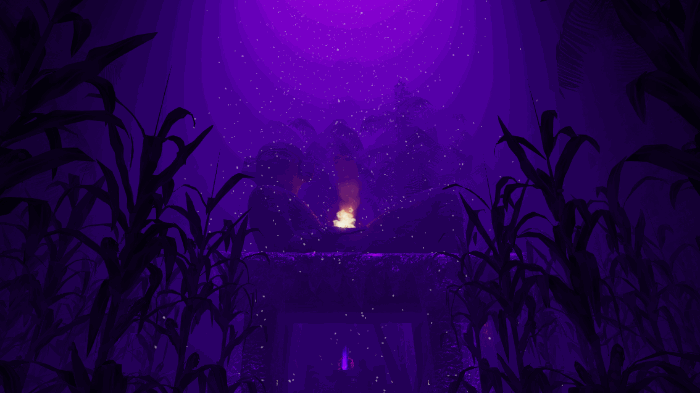
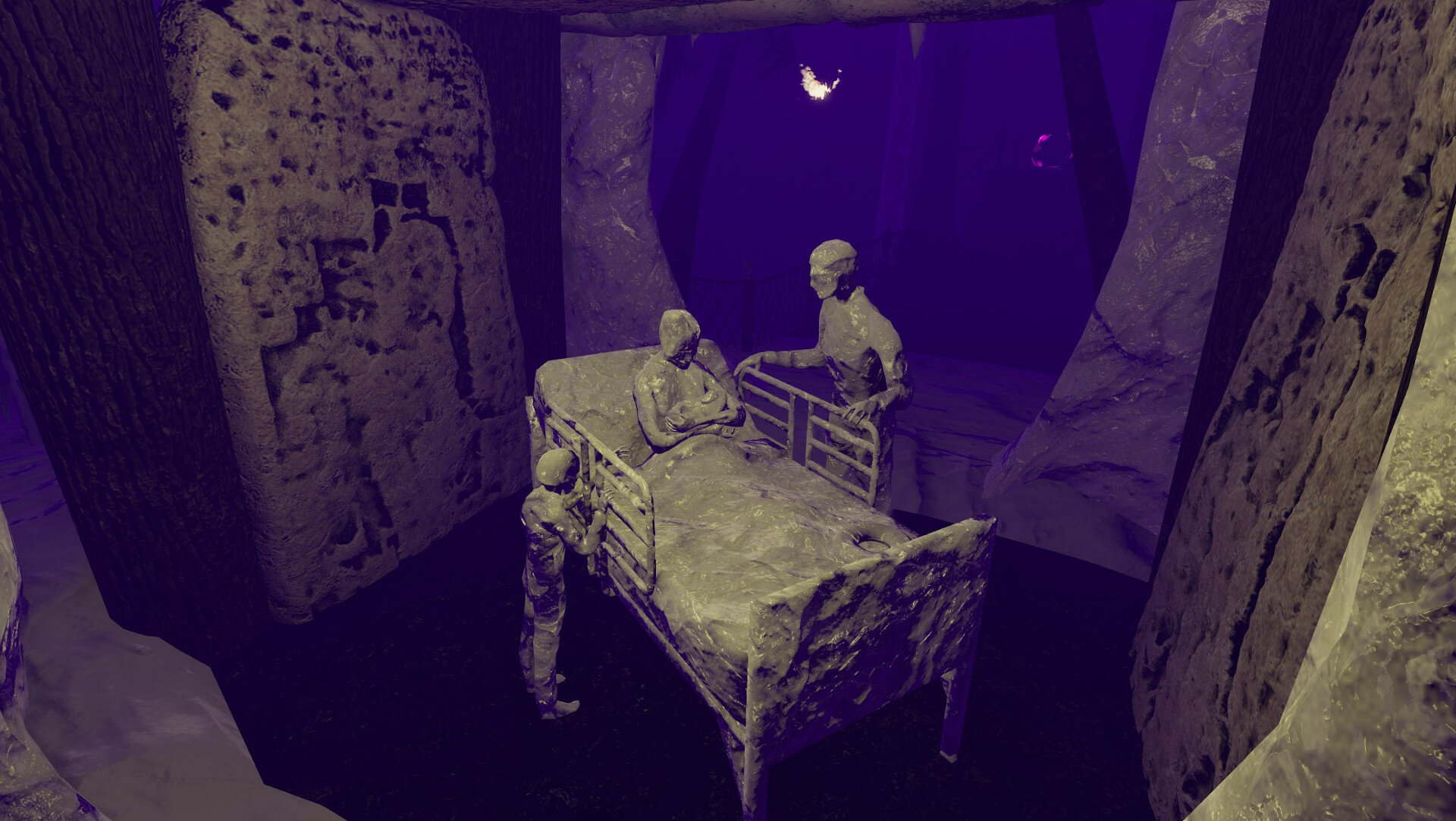
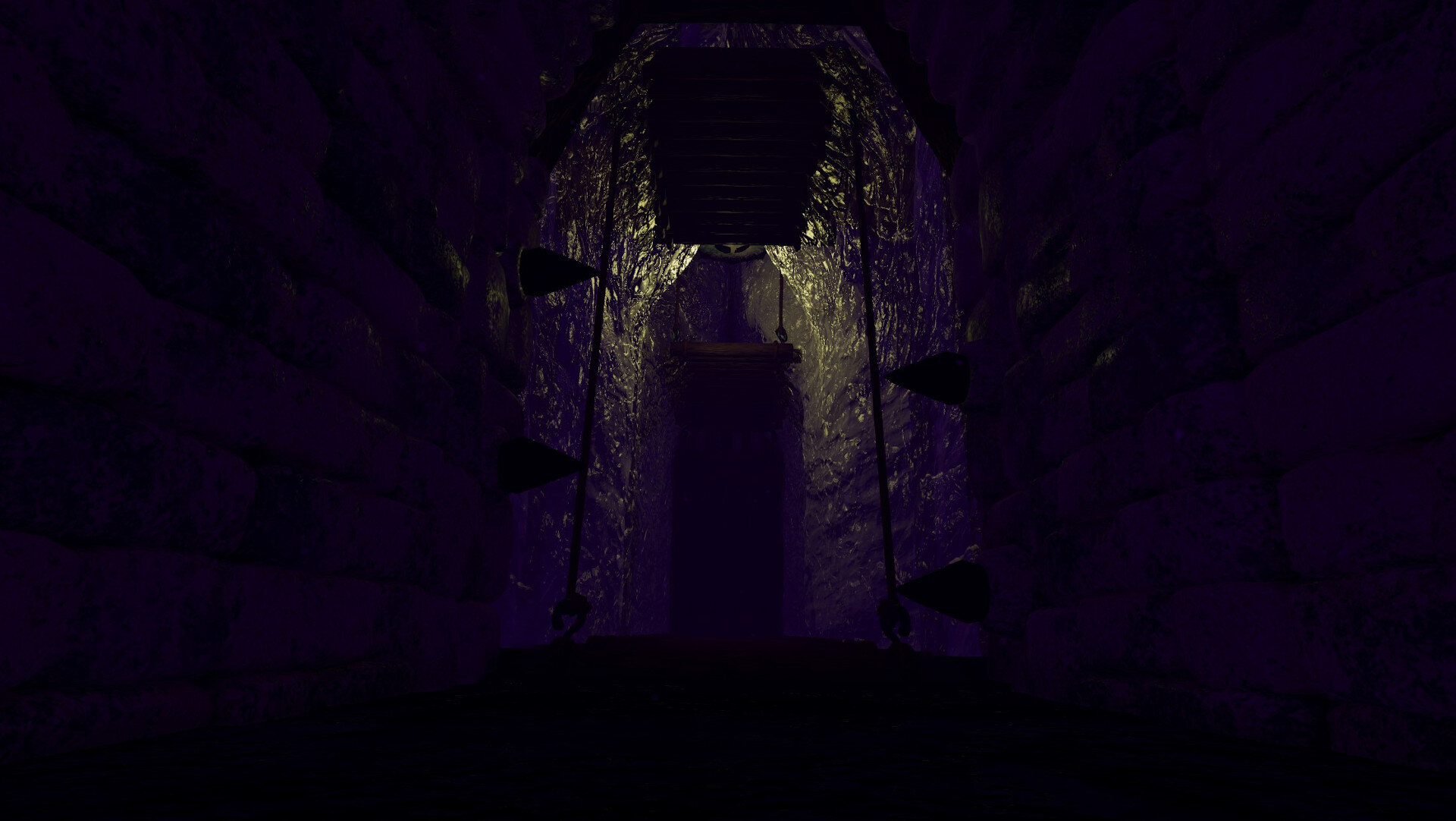
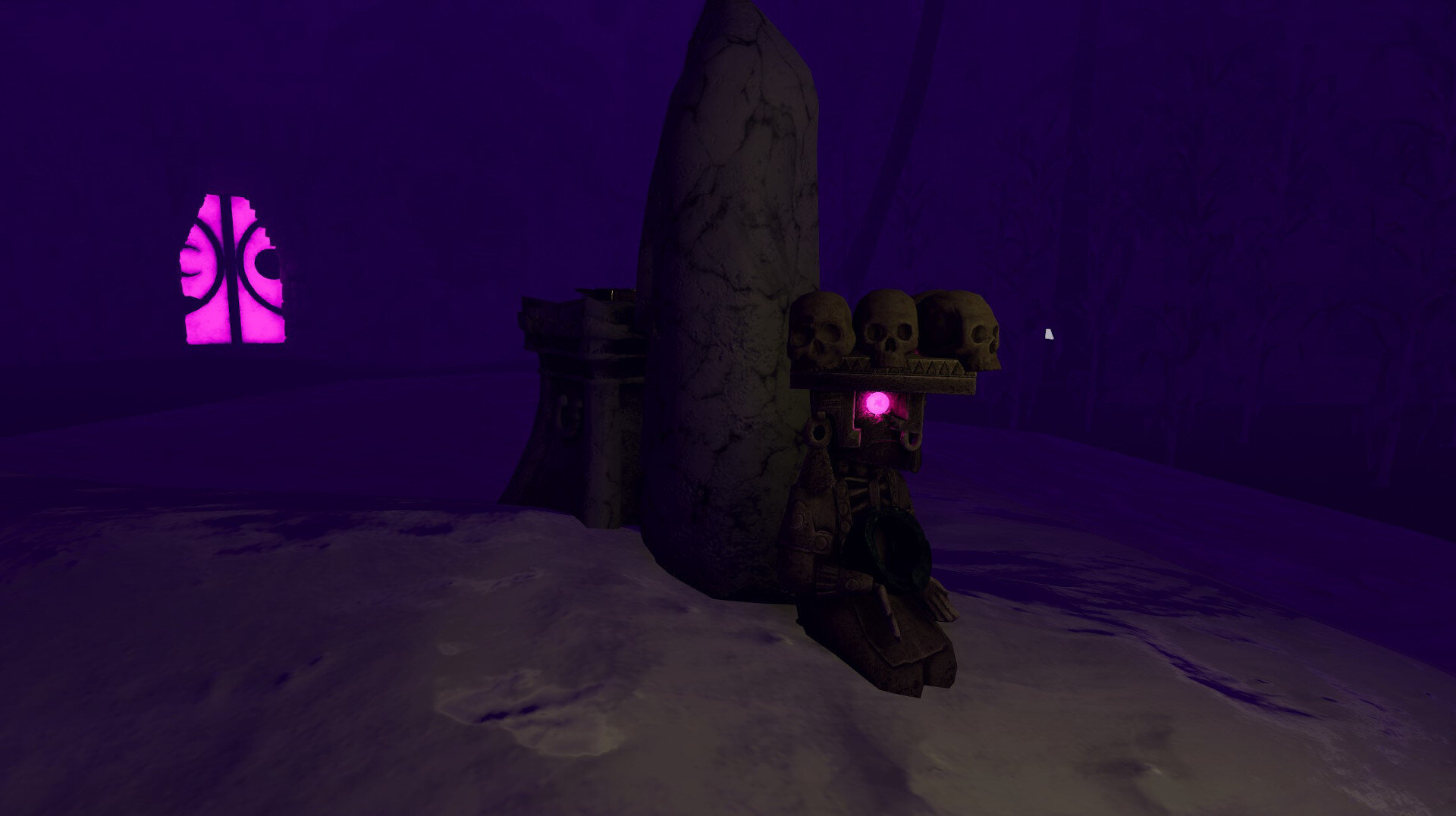
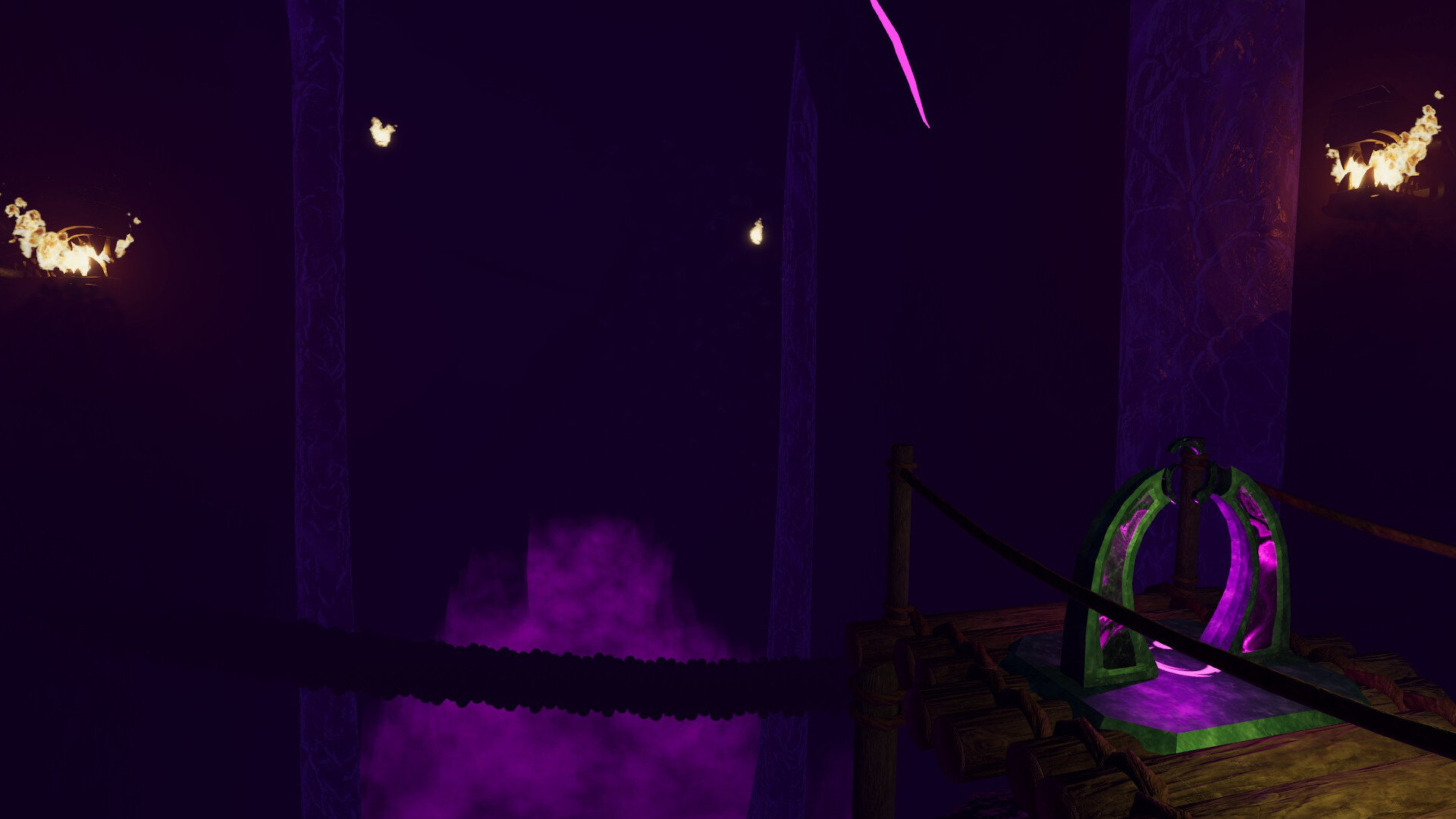
Fireball Puzzles
Fireball is implemented, and all of its puzzles are complete. This is only the first pass, of course, so after some playtesting it will likely be unrecognizable. There are still a few changes we’d like to make to the spell itself, and bugs currently abound, but this is still a huge milestone for us.
With each new Vault, we are improving our design process. Currently, the process looks like this:
Level Design - Anthony lays out the Vault, including winding hallways and room layouts, in Miro.
Puzzle Design - I (Nick) go through Miro and add puzzles to the individual rooms. If there’s too many rooms, or too few, based on the difficulty curve, I will add or remove rooms as necessary.
Whiteboxing - After a single floor is complete in Miro, I whitebox the entire floor in Unity. This means creating everything using primitive Unity shapes, such as planes and cubes, with no textures.
Rinse & repeat
Later, after some playtesting and refinement, Anth will make his way through the Vault and add visuals and other tweaks. It’s better for this to happen after playtesting, however, because it becomes harder to make level edits as the Vault becomes more polished. This is a lesson we are learning the hard way in the Vault of Force.
Here is a side-by-side comparison of the level layout in Miro, and in Unity. Don’t look too close, or you might spoil the puzzles for yourself!
That concludes the first Valley of Shadow devlog. Thanks so much for reading, and if you have any feedback at all we would love to hear it. Comment below, email us, or hop into our discord!
See you in a month!




